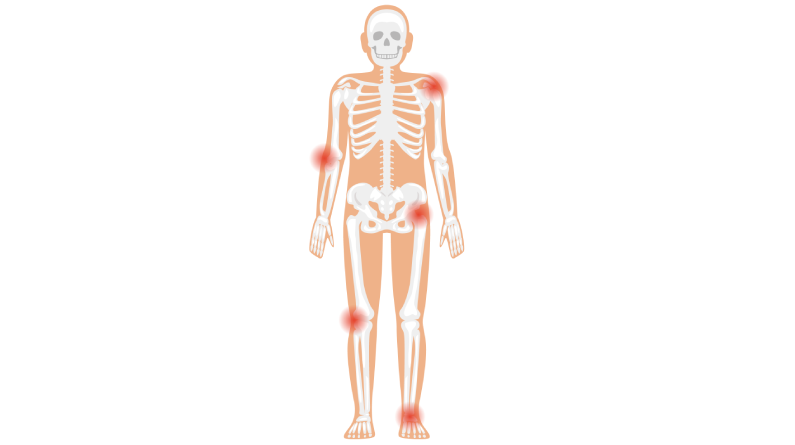Unlocking the Mystery of Inflammation
Inflammation is the body’s natural response to injury or invasion by foreign substances. It’s a complex process that involves the immune system, blood vessels, and molecular mediators. But what exactly happens during inflammation, and why is it essential for our health?
What is Inflammation?
Inflammation is not the same as infection. Infection occurs when a microorganism invades the body, while inflammation is the body’s response to the invasion. Inflammation can be caused by various factors, including:
– Foreign bodies or microorganisms
– Damaged cells or tissues
– Irritants or toxins
– Hypersensitivity reactions
The Five Classical Signs of Inflammation
The five classical signs of inflammation are:
1. Rubor: Redness of the affected area
2. Calor: Heat in the affected area
3. Dolor: Pain in the affected area
4. Tumor: Swelling in the affected area
5. Functio laesa: Loss of function in the affected area
What Happens During Inflammation?
When a foreign substance invades the body, white blood cells release chemicals that trigger an inflammatory response. This response includes:
– Increased blood flow to the affected area
– Release of chemicals that cause swelling and pain
– Activation of immune cells to fight the infection
Types of Inflammation
There are two main types of inflammation:
1. Acute Inflammation: A short-term response to injury or infection, characterized by localized effects and a rapid resolution.
2. Chronic Inflammation: A long-term, low-grade response that can affect the whole body, leading to conditions such as heart disease, cancer, and autoimmune disorders.
What Happens if the Body Doesn’t Respond with Inflammation?
Without an inflammatory response, wounds would take longer to heal, and infections could become life-threatening. Inflammation is essential for our health, but chronic inflammation can have devastating consequences.
Treatment and Management of Inflammation
Treatment for inflammatory diseases typically involves:
– Medications to reduce inflammation and pain
– Rest and exercise to promote healing
– Surgery in some cases to repair damaged tissues
– Pain management through physiotherapy and medication
By understanding inflammation and its role in our health, we can better appreciate the complex mechanisms that keep our bodies functioning.
References
https://www.livescience.com/52344-inflammation.html
https://en.wikipedia.org/wiki/Inflammation
https://www.webmd.com/arthritis/about-inflammation#1
https://www.health.harvard.edu/heart-disease-overview/ask-the-doctor-what-is-inflammation
https://www.mayoclinic.org/healthy-lifestyle/nutrition-and-healthy-eating/in-depth/how-to-use-food-to-help-your-body-fight-inflammation/art-20457586

